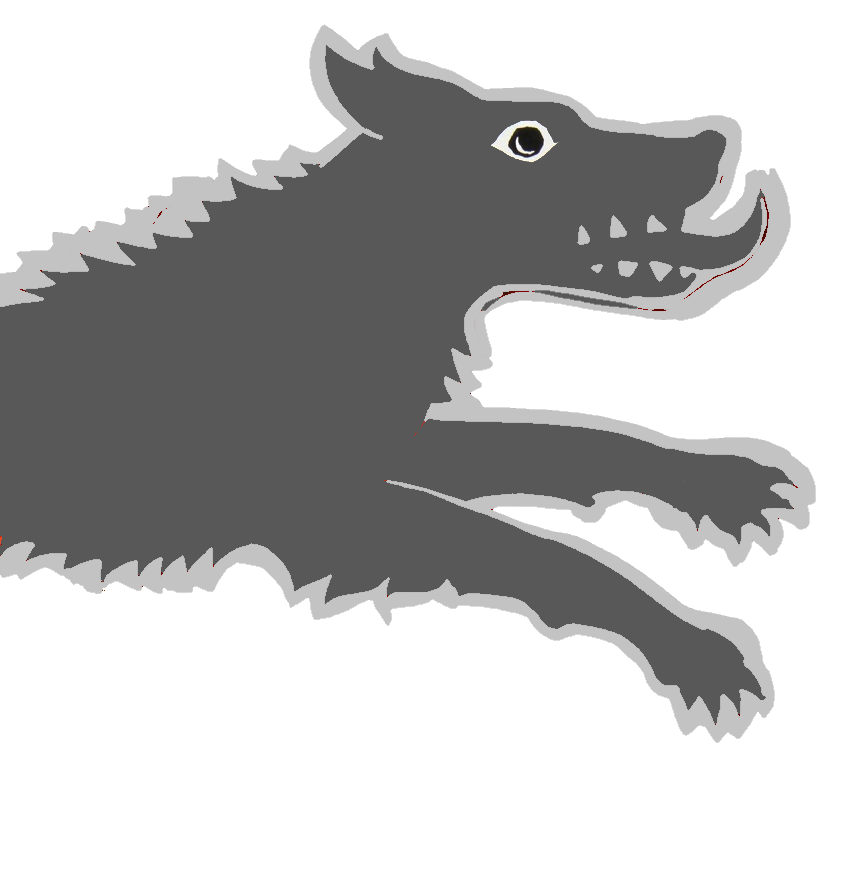A new research paper published in Biology Letters has revealed that picrodontids—an extinct family of placental mammals that lived several million years after the extinction of the dinosaurs—are not primates as previously believed.
The paper—co-authored by Jordan Crowell, an Anthropology Ph.D. candidate at the CUNY Graduate Center; Stephen Chester, an Associate Professor of Anthropology at Brooklyn College and the Graduate Center; and John Wible, Curator of Mammals at the Carnegie Museum of Natural History—is significant in that it settled a paleontological debate that has been brewing for over 100 years while helping to paint a more clear picture of primate evolution.
For the last 50 years, paleontologists have believed picrodontids, which were no larger than a mouse and likely ate foods such as fruit, nectar, and pollen, were primates, based on features of their teeth that they share with living primates. But by using modern CT scan technology to analyze the only known preserved picrodontid skull in Brooklyn College’s Mammalian Evolutionary Morphology Laboratory, Crowell, the lead author on the paper, worked with Chester, the paper’s senior author, and Wible to determine they are not closely related to primates at all.



From the paper:
So the discovery kicks them to an extinct order, Apatotheria. This means that they’d be further from us primates than treeshrews and colugos are.